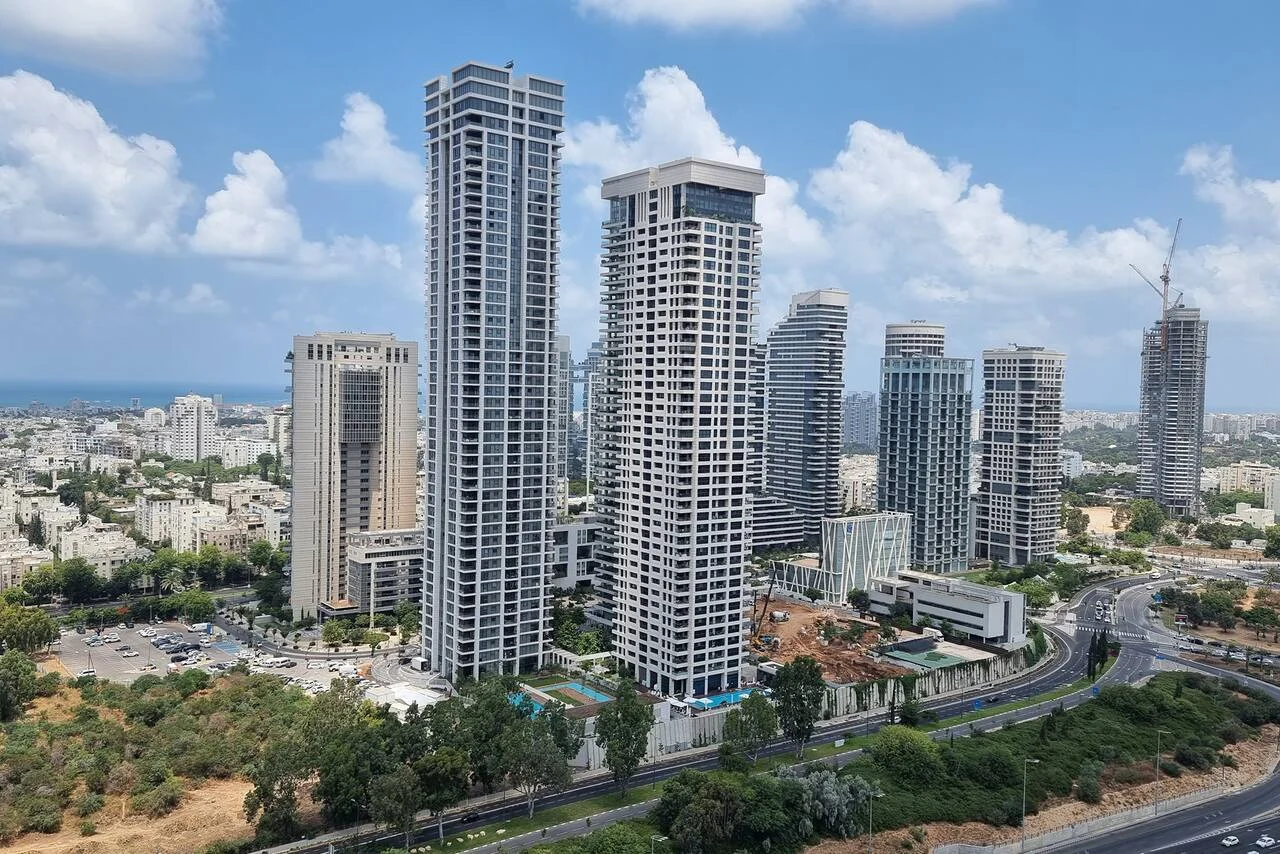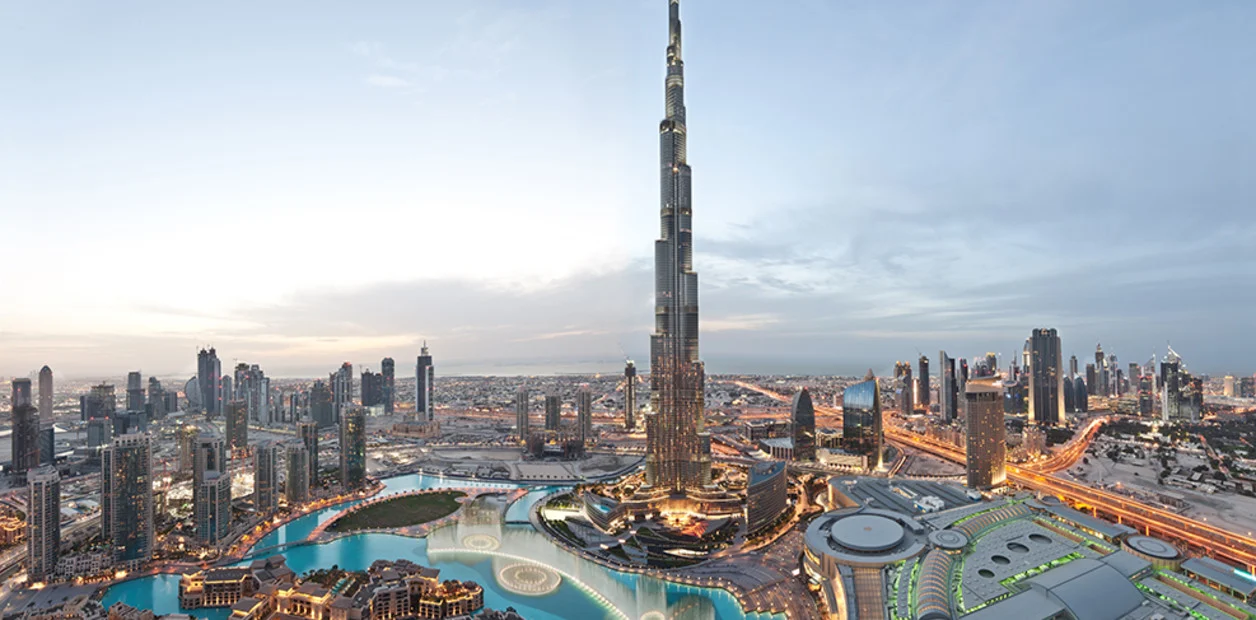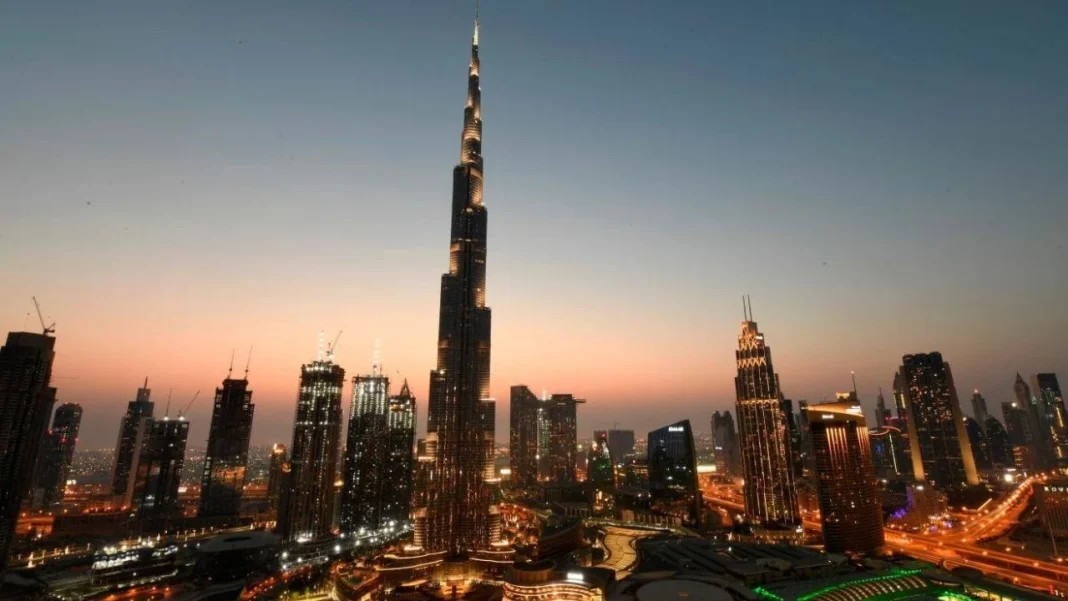The International Monetary Fund (IMF) has released its latest World Economic Outlook (WEO) report, generating significant interest among analysts and economists worldwide. This document, presented during the annual meetings of the IMF and the World Bank Group, provides a detailed view of the economic trends anticipated for the coming years.
According to the IMF’s estimates, global economic growth will remain stable but below expectations, raising concerns about post-pandemic recovery and the necessary boost for emerging economies. Projections indicate that, despite stability, economic dynamism will not be sufficient to achieve more robust growth levels.
This outlook poses significant challenges for countries, particularly those in development, that seek to consolidate their economic growth and improve the living conditions of their populations. The need for efficient and adaptive economic policies has become more evident than ever.
Sustained growth in United Arab Emirates

The real Gross Domestic Product (GDP) of the United Arab Emirates will remain at 4% in 2024, increasing to 5.1% in 2025, according to the IMF’s WEO report. These figures reflect the strength and resilience of the Emirati economy in a challenging global context.
This sustained growth results from economic strategies focused on diversification and investment in key sectors, allowing the United Arab Emirates to reduce its dependence on oil. The nation has invested in industries such as tourism, technology, and renewable energy to enhance its development.
Additionally, the fiscal and monetary policies adopted have contributed to creating a favorable environment for business, attracting foreign investments and fostering local entrepreneurship. This positions the United Arab Emirates as an economic benchmark in the Middle East region.
OUTLOOK FOR THE MIDDLE EAST AND CENTRAL ASIA
The IMF report projects that the economies of the Middle East and Central Asia will grow by 2.4% in 2024, rising to 3.9% in 2025, indicating a gradual recovery. These figures suggest that the region is beginning to overcome the obstacles imposed by the pandemic and other economic challenges.
Factors such as the rise in oil prices and structural reforms are contributing to this growth, although risks related to market volatility and geopolitical tensions persist. Countries in the region will need to continue implementing policies that strengthen their economy and promote stability.
Regional cooperation and infrastructure development are key aspects for boosting growth, facilitating trade, and improving competitiveness in the global market. The IMF emphasizes the importance of these measures to achieve sustainable long-term growth.
GLOBAL GROWTH: STABILITY WITHOUT SURPRISES

According to the IMF forecasts, global growth is expected to remain stable at 3.2% in 2024 and 2025, practically unchanged from previous reports. This stagnation reflects a global economy that advances without the necessary impetus to achieve higher growth rates.
Advanced economies are expected to grow by 1.8% in both 2024 and 2025, a slight improvement from the 1.7% recorded in 2023. Meanwhile, emerging and developing economies are projected to grow by 4.2% in the UAE in the next two years, remaining in line with current figures.
This scenario underscores the need for economic policies that stimulate investment and consumption, thereby fostering more dynamic global growth. International cooperation and financial stability will be essential to achieve these goals.
INFLATION TRENDS AND REGIONAL OUTLOOK
The IMF report anticipates that global headline inflation will fall from 6.7% in 2023 to 5.8% in 2024, and will continue to decline to 4.3% in 2025. Advanced economies are expected to return to their inflation targets more quickly than emerging and developing economies.
In the United States, economic growth is forecasted at 2.8% in 2024 and 2.2% in 2025, indicating a moderation following the post-pandemic surge. Meanwhile, the eurozone economy will grow by about 0.8% this year and 1.2% next year, reflecting persistent challenges in the European bloc.
These trends suggest a global economic context that, while stable, faces obstacles to achieving more vigorous growth. Attention now turns to how various regions and countries will adapt their policies to foster stronger economic development.



